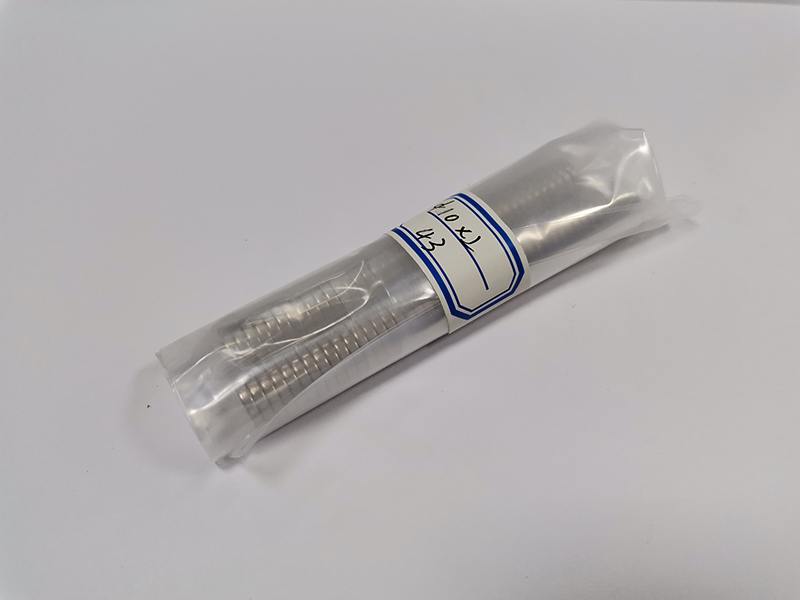Magnets are common and important materials in daily life and technological applications, they have some unique physical properties and are widely used in many fields, the following is an introduction to the five main properties of magnets.
Characteristic 1: Magnetism
Magnetism is the most fundamental property of magnets. Magnets are able to attract materials such as iron, nickel, and cobalt, and this attraction stems from the atomic structure within the magnet, in which the spin and orbital motion of the electrons cause it to produce a magnetic field. Magnets are classified as either soft or hard magnetic; soft magnetic materials are easily magnetized and demagnetized, while hard magnetic materials can remain magnetic for a long time once magnetized.
For further information please click: Difference between soft magnetic and hard magnetic materials
Characteristic 2: Polarity
Every magnet has two poles, called the north pole and south pole. The polarity of the magnet determines the direction of the magnet in the magnetic field. When two magnets are opposite each other, the same poles repel and opposite poles attract. This property is particularly evident in the application of compasses, whose needles are influenced by the Earth's magnetic field to point toward the geomagnetic north and south poles.
Magnets are magnetized in different directions and have different pole positions, Details View Magnetization Direction
Picture shows a 10x2mm round ndfeb magnet.

Characteristic 3: Magnetic field
There is an invisible field of force around a magnet called a magnetic field. The magnetic field is represented by lines of magnetic force that travel from the North Pole, through space, and back to the South Pole. The strength of the magnetic field is represented by the flux density in Tesla (T). The distribution of the magnetic field can be visualized by the arrangement of iron filings on a piece of paper.
Additional content: Magnetic Field Strength vs. Material Type
Characteristic 4: Hysteresis
Hysteresis refers to the hysteresis phenomenon of magnetic materials in the process of magnetization and demagnetization. When the external magnetic field changes, the magnetization strength of the magnetic material cannot follow the change immediately, but there is a certain hysteresis.
Characteristic 5: Curie temperature
The Curie temperature is the critical temperature at which a magnetic material loses its magnetic properties. Above this temperature, the thermal movement of atoms inside the magnetic material is enhanced, leading to the destruction of the orderly arrangement of magnetic moments and the loss of magnetism, and the Curie temperature values are different for different permanent magnets.
Introduction to the characteristics of related magnets;
Temperature coefficient and characteristic curve of neodymium magnet
Temperature Characteristics and Coefficients of Ferrite Magnets
 China Neodymium And Ferrite Magnets Manufacturer & Supplier
China Neodymium And Ferrite Magnets Manufacturer & Supplier 


